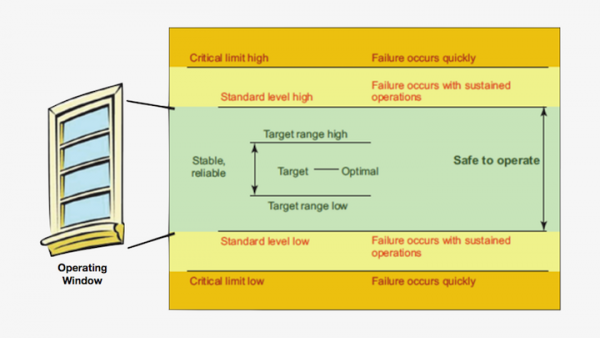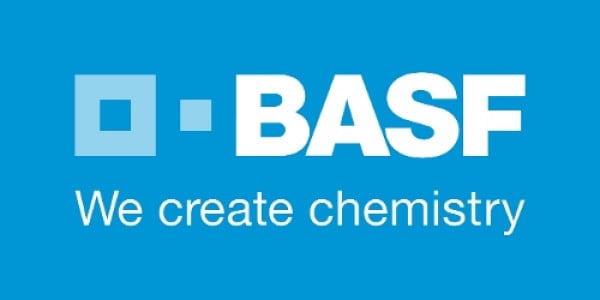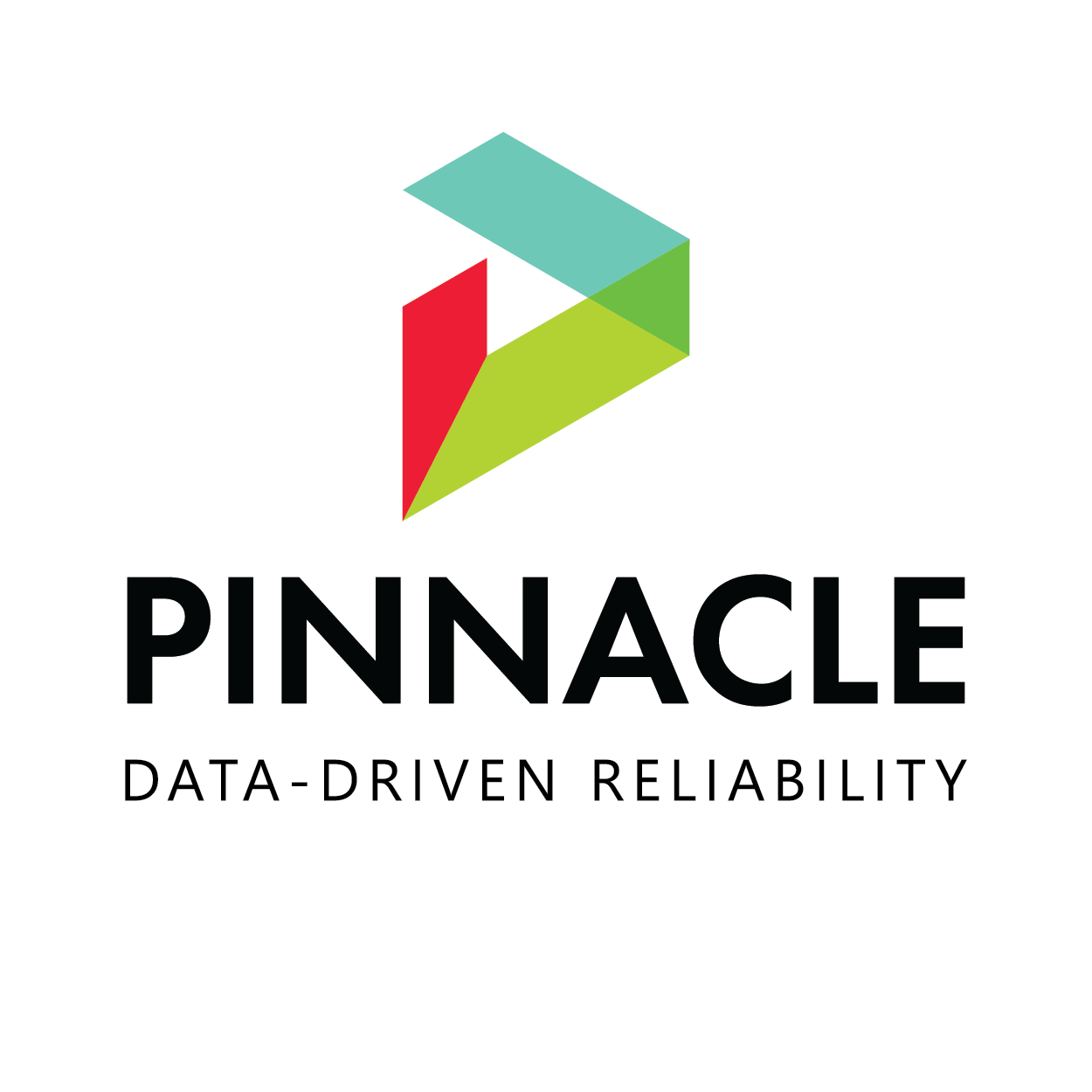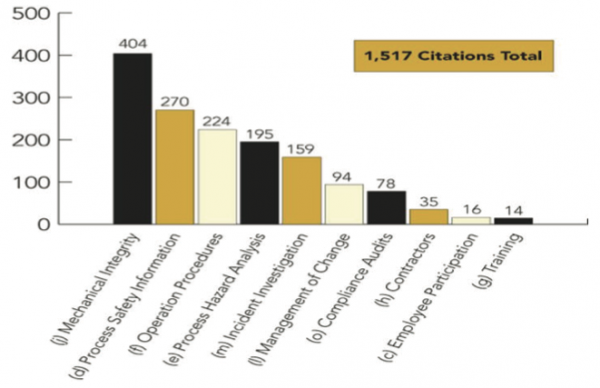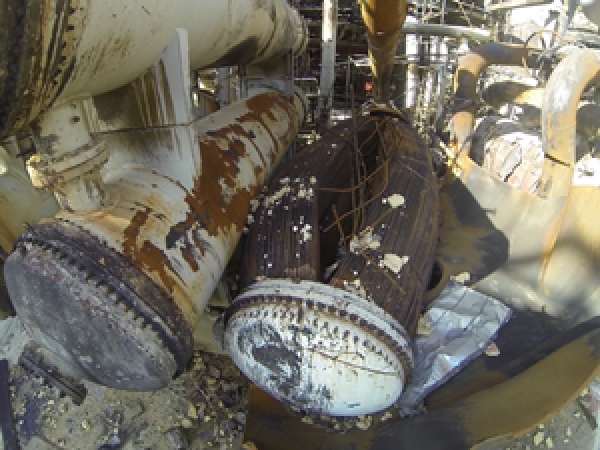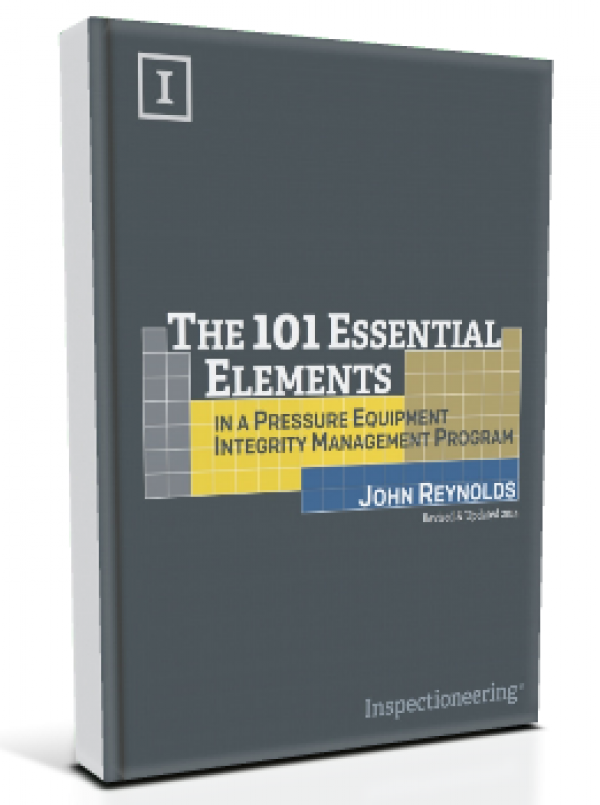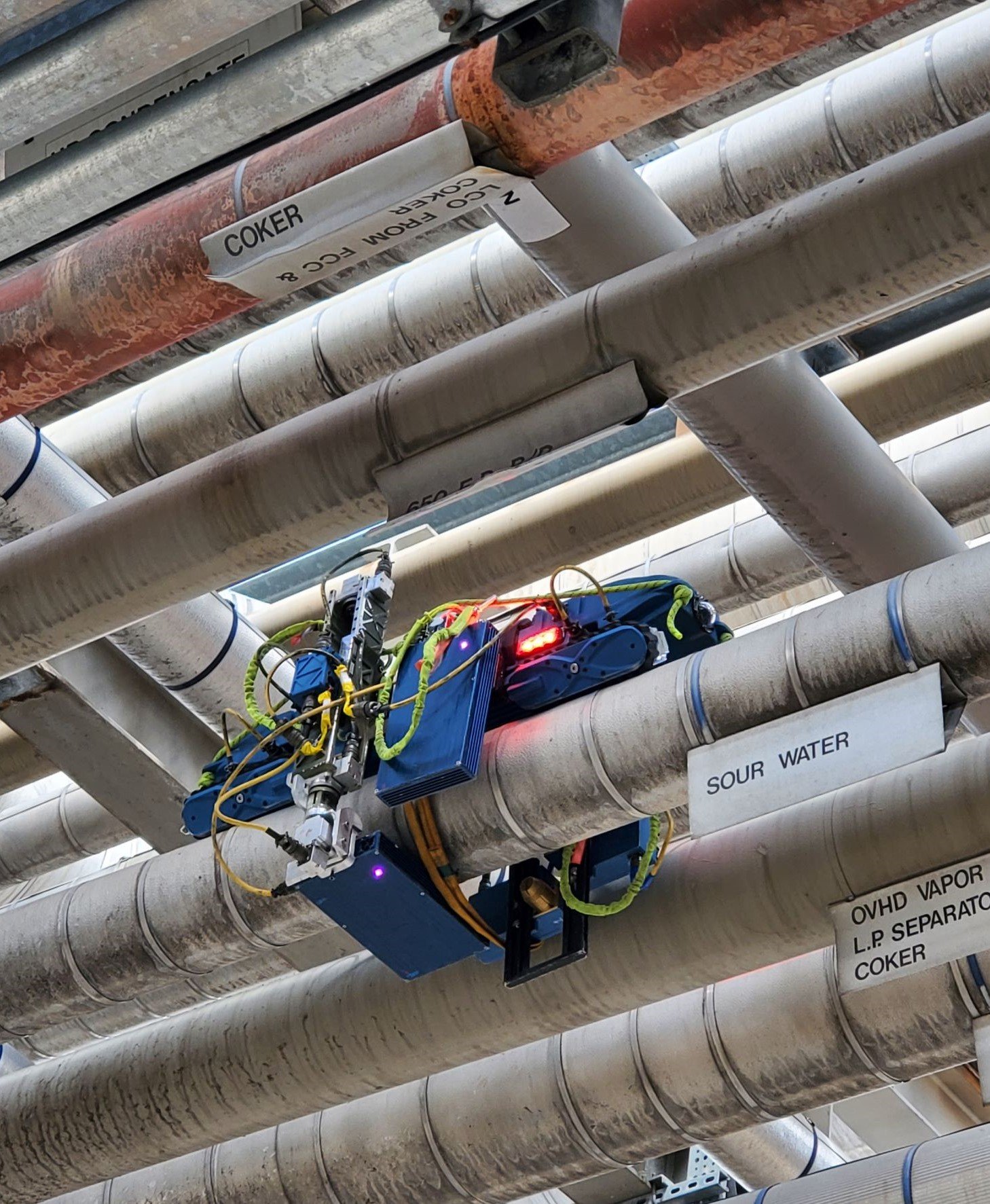Process Hazards Analysis is a systematic method of identifying and evaluating the dangers involved with specific industrial processes in order to prevent or control potential hazards.[1,2,3] If properly conducted, it can be an effective tool for protecting against process downtime, property damage, and product quality issues caused by equipment failures, human errors, or external events. Hazard and Operability Studies (HAZOP), What-If Studies, Failure Modes and Effects Analysis (FMEA), and Major Hazard Analysis (MHA) are all parts of a good process hazards analysis program.[3] Process Hazard Analysis is typically led by a single facilitator who works with a team to develop a strategy and conduct the analysis.[3] In the United States, Process Hazards Analysis is required under the Occupational Health and Safety Administration's (OSHA) Process Safety Management (PSM) Standard and the Environmental Protection Agency's (EPA) Risk Management Plan (RMP) Rule.[1,2,3]
References
- http://www.epa.gov/region10/pdf/rmp/cepp_newsletter_0708.pdf
- https://en.wikipedia.org/wiki/Process_Hazard_Analysis
- http://www.primatech.com/consulting/process-hazard-analysis
Relevant Links
Topic Tools
Share this Topic
Contribute to Definition
We welcome updates to this Integripedia definition from the Inspectioneering community. Click the link below to submit any recommended changes for Inspectioneering's team of editors to review.
Contribute to Definition


